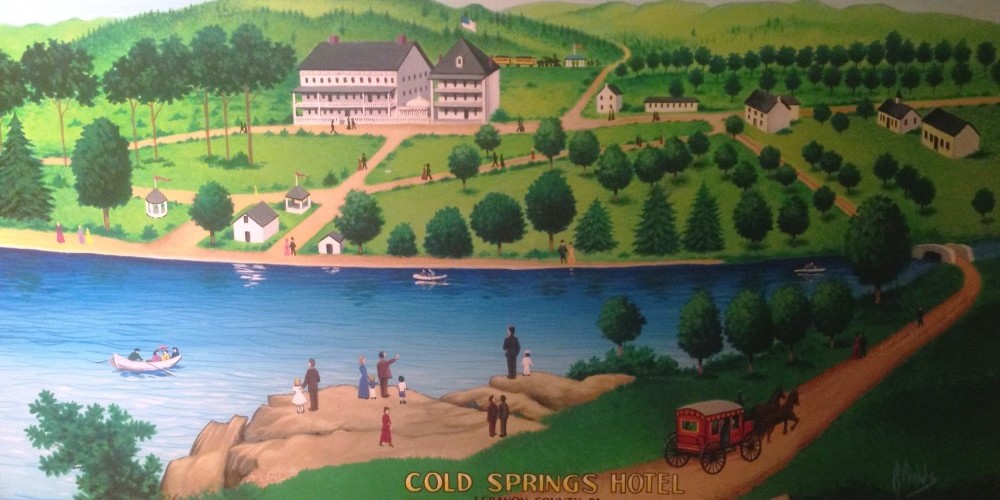 Lebanon County Historical Society
Lebanon County Historical Society
When you decide to take a walk in the woods, maybe for leisure, escaping the monotony of daily life, or desiring a great adventure, the Appalachian Trail (A.T.) is at your disposal. The Trail is a destination for many reasons, including the serenity of nature, breathtaking views, and history. Wait…What? History? History is not the first thing that comes to mind when thinking about this well-traveled path, but the A.T. and all of the places that it traverses are deeply rooted in local and national heritage.
The local Lenni Lenape people considered it part of their home, and in their native tongue, they spoke of the Kitahtëne or Keekachtatenin. They utilized some of the gaps in the “endless mountains” to convene with traders and later with agents of the Colony of Pennsylvania to relate grievances, because of the encroachment of white settlement.
The A.T. itself holds a great deal of the past coming alive, as its origins date all the way back to 1921 and in a small way created an escape from the escalating industrialization and urban sprawl overwhelming the nation. Trail construction was finally completed in 1937, and the path is still with us today, soon to be a century old. Along the white-blazed A.T. and its side offshoots emblazoned with blue paint, travelers may not realize the influence of bygone eras.
In Lebanon County for example, the mountainous throughway has its secrets, too. Some things you might enjoy looking for could be:
- The famed Yellow Springs Stone Tower and the adjacent old coal shafts;
- The Cold Springs Hotel, imagining a 19th century couple enjoying an outdoor retreat;
- The stone foundation remnants of the Rausch Gap railroad/mining community and the locals whose final resting places remain there;
- The railroad bed of the Schuylkill and Susquehanna Railroad;
- The French and Indian War blockaded homestead built to protect colonial frontier settlers located just south of Swatara Gap; and
- The immense Waterville Bridge built by the Berlin Iron Bridge Company in 1890 and listed on the National Register of Historic Places in 1988.
On your trek, wherever you travel between Maine and Georgia, you may hear the voices of the enthusiasts who came before you, those that utilized the section of geological formations that are more than 300 million years old. It is a pilgrimage in its own right, whether you are a section hiker, a thru-hiker, or out for the day. Some places have lost their historical significance to today’s travelers, but it has not entirely disappeared. Nature has been able to take back the land; however, if you look hard enough, you can still find relics of history while you hike.
Wes Schwenk, M.A., is an archivist with the Lebanon County Historical Society. He fondly remembers weekend A.T. hikes as a Boy Scout.





